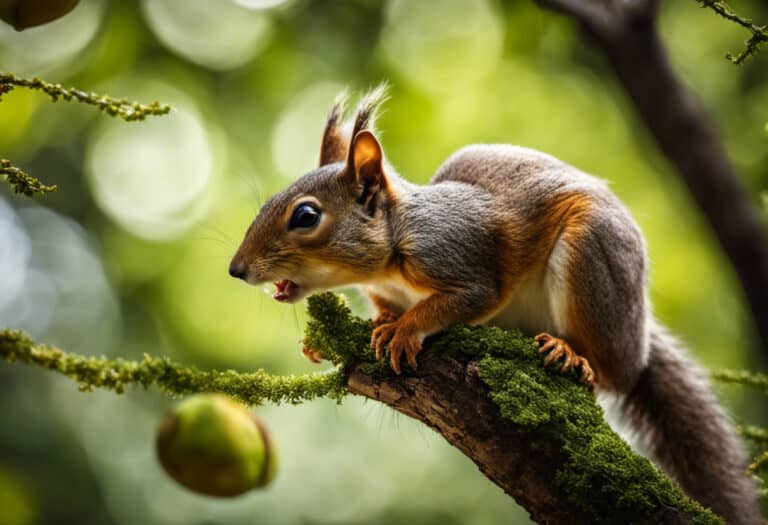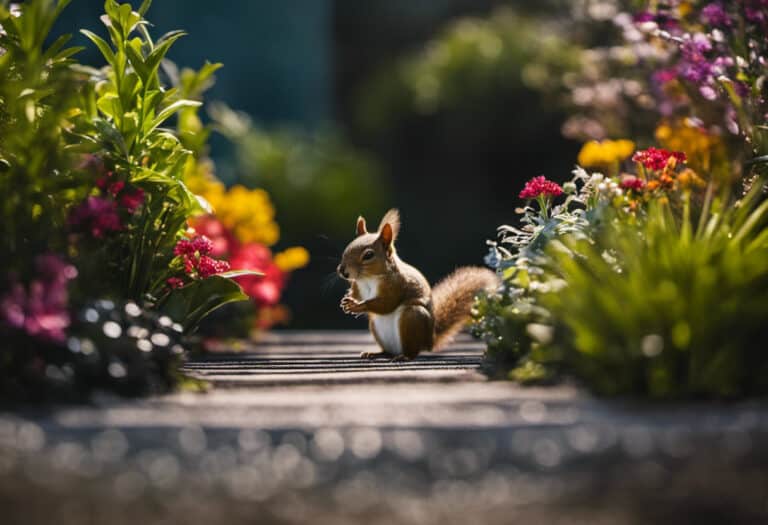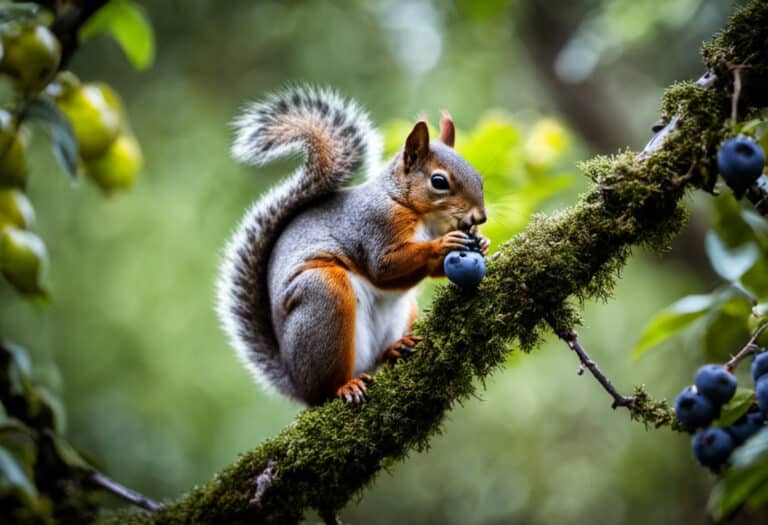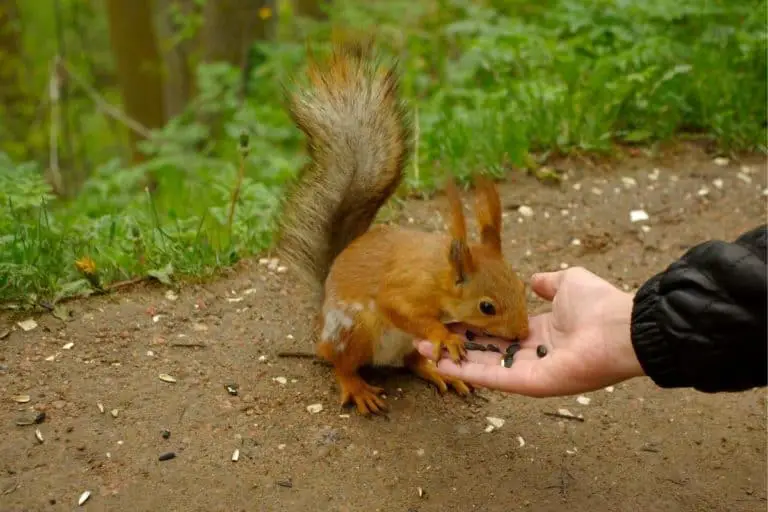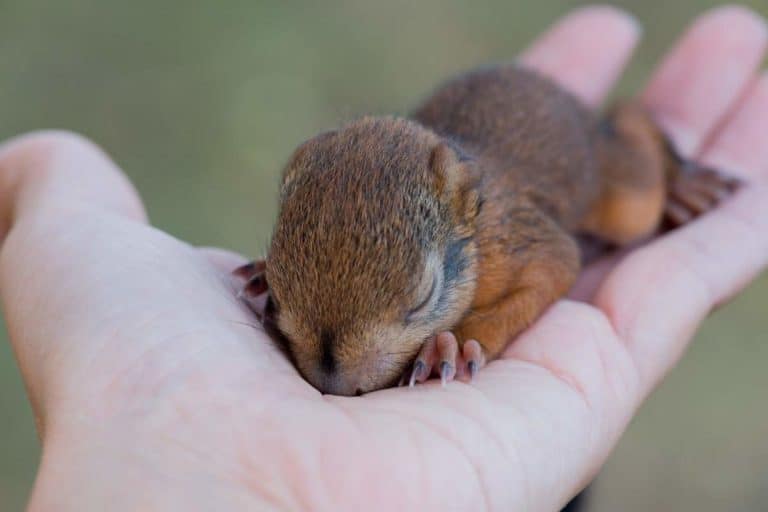The Best Way to Catch Squirrels: Proven Techniques
Squirrels are a common sight in many gardens and parks. A nuisance to some, they are a source of fascination and enjoyment to others.
Whether seeking to repel or capture them, it is essential to understand the best way to catch squirrels.
This blog post will explore the best way to catch squirrels humanely and efficiently.
We will discuss the benefits and drawbacks of various traps, helpful tips, and safety precautions.
By understanding the basics of squirrel trapping, you can ensure a successful catch and be well on your way to finding a humane solution to your squirrel problem.
Introduction to Squirrels
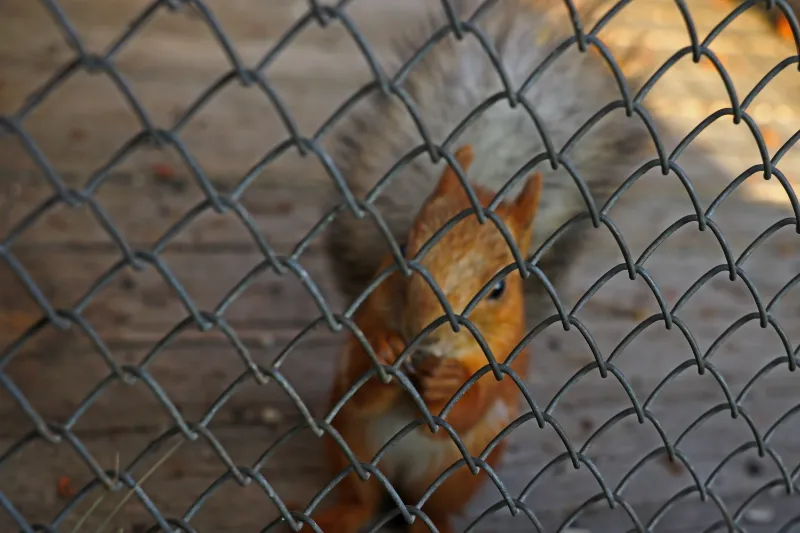
Squirrels are small rodents that belong to the Sciuridae family. Their bushy tails and agile movements easily identify them, and they live in a variety of habitats throughout the world.
Grey squirrels are among the most common types and can often be spotted in urban parks, gardens, and woodlands.
These creatures are incredibly resourceful and are considered pests due to their tendency to raid bird feeders and damage fruit trees and vegetable gardens.
As such, trapping is often seen as the most effective way of controlling their numbers in an area.
The Need to Trap Squirrels
There are many reasons why you may need to trap a squirrel. These pesky critters can cause damage to your home and garden, such as chewing through wiring and eating plants.
If you have an infestation of squirrels, trapping is the best way to get rid of them.
Trapping is also an effective way to relocate the animals away from your property if you don’t want to harm them.
Whatever the reason, trapping squirrels can be an effective solution to your problem.
Fast Answer:
Step 1
Live trapping is the best way to catch squirrels. You can capture one or a few simultaneously, saving you time and effort.
Step 2
To set up the trap, place it near an entry point in your attic or basement. Then secure it to the ground, so it can’t be knocked over.
Step 3
You’ll need to bait your trap with something squirrels find irresistible, like peanut butter, nuts, and grains. Doing this will encourage them to enter the cage and get trapped.
Step 4
When you’ve caught a squirrel, take it far away from your home and release it in an area with food and water sources – this will give them a better chance of survival in the wild.
Step 5
Then reset your trap for more rodents. Remember to check the trap regularly, and don’t let your prey suffer for too long – release any trapped animals as soon as possible!
How To Catch a Squirrel
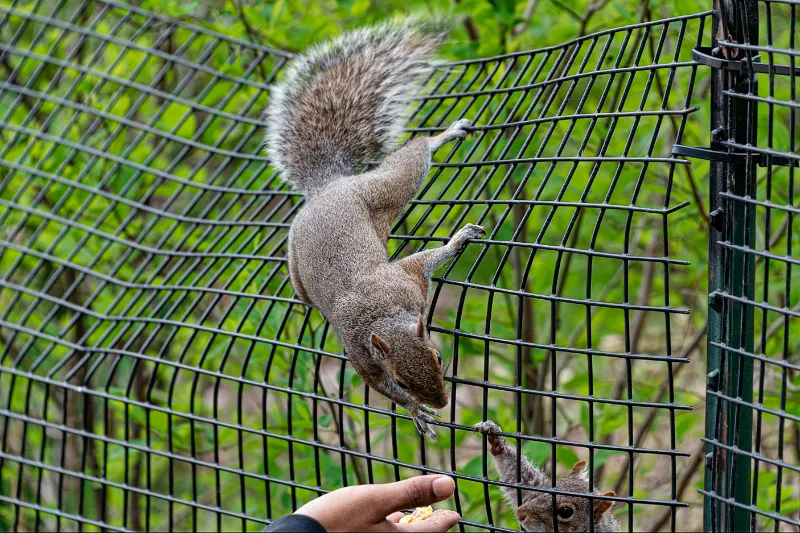
1) Selecting a Bait
You must consider the squirrels’ preferences when selecting the right bait for your squirrel trap.
Peanut butter is an excellent option as it’s sweet and sticky, which will tempt the squirrels to investigate.
You can also use nuts, fruits, or other sweet treats.
Molasses or honey can also be used as an adhesive, making it easier for the squirrel to dig out the bait from the trigger plate.
Make sure whatever you choose is safe and edible to the squirrels so they don’t get hurt or sick while trying to get their treat.
2) Set Up the Trap
Setting up the trap is a crucial part of catching squirrels. Choosing the right size and type of trap for the job is essential.
The most common trap for catching household squirrels is the squirrel cage trap.
This trap requires the squirrel to walk through a one-way door to access the bait.
Mount the trap securely to ensure it won’t tip or move when the squirrel enters.
Additionally, it’s essential to use a solid bait larger than a squirrel can steal to increase your chances of success.
Spread peanut butter directly onto the trigger plate for best results.
3) Position the Trap
Place the trap on flat ground, away from trees and buildings.
Choose an area regularly used by squirrels and ensure the bait is accessible without them having to climb or jump.
Place the trap in a location that is in direct sunlight for most of the day, as squirrels are most active during daylight hours.
Check local laws and regulations before setting the trap in your area, as it may be illegal.
Finally, cover the sides of the trap with branches or leaves to create a sense of security for the squirrels.
This will make them feel safe enough to enter and activate the trigger plate.
4) Checking the Trap Regularly
Checking the trap regularly is essential for successful squirrel trapping. It is important to check the trap at least twice a day, once in the morning and once in the evening.
This will ensure that trapped squirrels are released or relocated as soon as possible.
If a squirrel has been caught, it is crucial to handle it carefully and observe any safety precautions recommended by your local wildlife authority.
Trapped squirrels should be released or relocated away from the original trapping site to prevent the re-capturing of the same individual animal.
5) Release or Relocate the Trapped Squirrel
Once you have successfully trapped a squirrel, deciding what to do with it is essential. You can either release it back into the wild or relocate it.
- If you release the squirrel, do it far away from your home.
- If you decide to relocate the squirrel, do so in an area similar in environment and ecosystem to the original location.
Be sure to check local laws and regulations before relocating any animals. It is important to remember that trapping and relocating animals can cause unnecessary stress, so it should only be done as a last resort.
Preventative Measures
Preventative measures are an essential part of any squirrel control plan. Identifying and sealing potential entry points to your home or property is critical to keeping squirrels away.
Trim trees and shrubs near your home to reduce easy access, and consider installing a fence or other barrier around the perimeter of your property.
You should also promptly clean up any spilled food or birdseed, as this can attract squirrels.
Finally, properly store pet food, bird feeders, and garbage cans in secure containers that squirrels cannot access.
Humane Alternatives
A few options are available if you are looking for humane alternatives to trapping squirrels.
You can use strong odors, bright lights, and ultrasonic sound emitters to discourage the animals from entering your property.
You can also use exclusion techniques to prevent them from entering your yard or home by blocking off entry points with wire mesh or metal fencing.
Finally, you can provide alternative food sources, such as bird feeders or squirrel-proof feeders, to redirect the animals away from your garden and other areas of your property.
Combining these methods allows you to successfully keep squirrels away from your home without trapping them.
Do squirrels learn to avoid traps?
It’s only natural to wonder if the squirrels you’re trying to catch will eventually learn to avoid the traps you’ve set.
The good news is that squirrels are incredibly adaptive creatures, so it is possible for them to understand that traps are not good things. But on the other hand, they’re also not exactly the brightest animals in the world, so they may not realize what’s happening right away.
It all comes down to trial and error; you need to identify what type of bait they’re most attracted to, where they like to travel, and how often they come back for more food.
If you notice that your squirrels are avoiding your setup altogether after a while, it’s time to change things up a bit.
Try changing the trap’s location, adjusting the bait, or even switching up trapping techniques entirely.
With enough experimentation and practice, you can figure out what works best in your area and adjust accordingly.
What attracts squirrels fast?
If you want to catch a squirrel quickly, the best strategy is to use bait. You can use nuts, seeds, and other foods squirrels like to eat. The idea is to lure them in with something they can’t resist.
Make sure you use something high in calories and a scent that squirrels find irresistible.
Peanut butter is an excellent option for this because it’s both sweet and high in calories. You can also try using fruit slices, corn cobs, or other nuts and seeds.
Plus, don’t forget about scents! If you can find a way to heighten the aroma from your bait station, this will help draw the squirrels in that much faster.
The key is ensuring your bait station looks inviting and smells good enough for the squirrels not to resist it.
Conclusion
In conclusion, squirrels can be a nuisance and difficult to eliminate.
However, they can be managed effectively with the proper knowledge and tools.
Trapping is the most common and effective way to catch squirrels, but it should be done humanely and with appropriate safety precautions.
If you trap squirrels, select a bait they can’t steal, set up the trap in the correct position, and check it regularly.
Once you have trapped a squirrel, you can either release or relocate it safely away from your property.
Finally, take preventive measures like removing food sources and making your property less attractive to squirrels to prevent further infestations.

